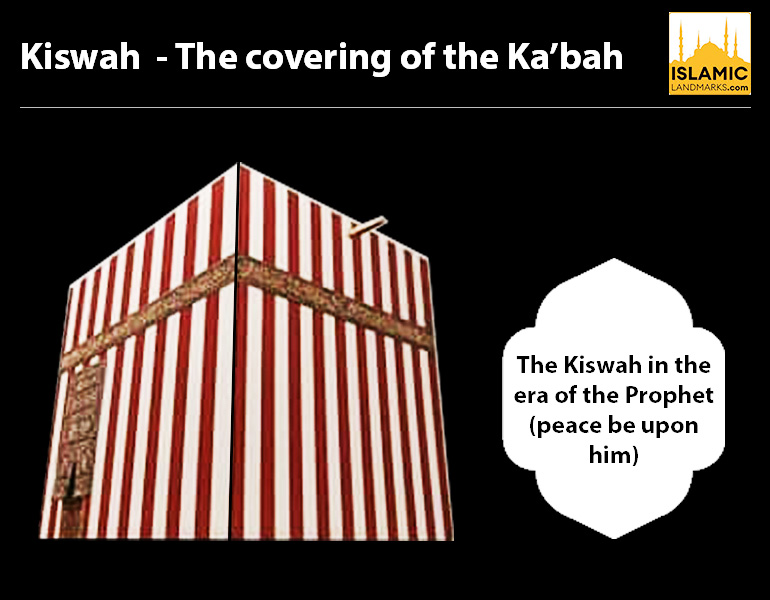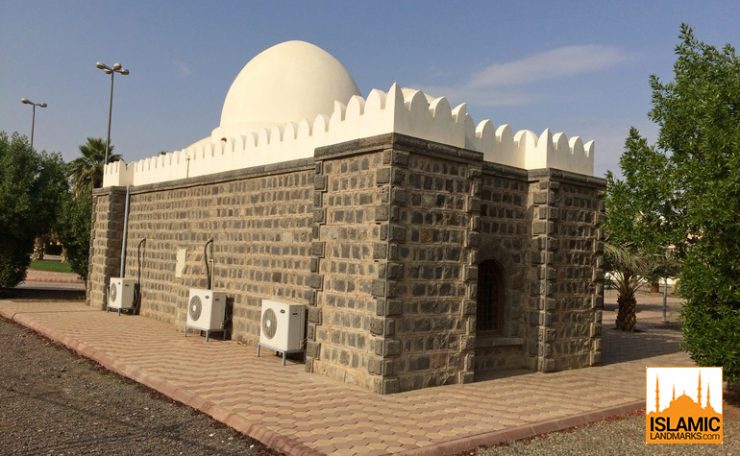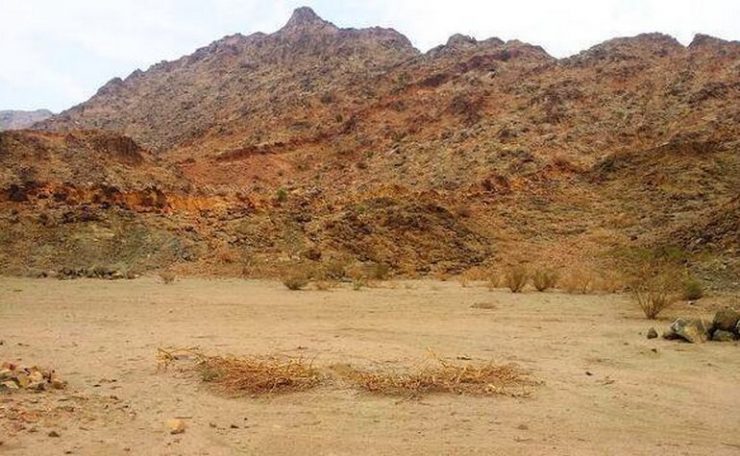
The Kiswah is the covering of the Ka'bah and is also referred to as the 'Ghilaf'. We're used to seeing it mainly black but in the past the Ka'bah has been draped in different colours.
Start of thread showing some of the different colours in history...
Start of thread showing some of the different colours in history...

In the time of the Prophet (ﷺ), after Makkah had been conquered in 8 AH, the existing Kiswah was accidentally burned by a woman who wanted to perfume it with incense.
It was replaced with a red and white striped cloth from Yemen.
It was replaced with a red and white striped cloth from Yemen.

(cont'd...)
In the time of the Caliphs Abu Bakr and Umar (رضي الله عنهم), the Ka’bah was covered with ‘qibati’. This was the name of a thin white cloth which was made in Egypt.
Qibati was also used at times during the rule of Caliph Uthman (رضي الله عنه).
In the time of the Caliphs Abu Bakr and Umar (رضي الله عنهم), the Ka’bah was covered with ‘qibati’. This was the name of a thin white cloth which was made in Egypt.
Qibati was also used at times during the rule of Caliph Uthman (رضي الله عنه).

(cont'd...)
Abdullah bin Zubair (رضي الله عنه) was the governor of Makkah between 683-692 CE. During this period he had the Ka'bah covered in a reddish brocade, a rich fabric woven with a raised pattern.
The practice at the time was to lay a new Kiswah over the old ones.
Abdullah bin Zubair (رضي الله عنه) was the governor of Makkah between 683-692 CE. During this period he had the Ka'bah covered in a reddish brocade, a rich fabric woven with a raised pattern.
The practice at the time was to lay a new Kiswah over the old ones.

(cont'd...)
The Ka'bah continued to be adorned in various colours by different rulers.
In the era of the Seljuks (11th century) the Ka'bah was draped with a yellowy coloured Kiswah.
The Ka'bah continued to be adorned in various colours by different rulers.
In the era of the Seljuks (11th century) the Ka'bah was draped with a yellowy coloured Kiswah.

(cont'd...)
At one point during the reign of the Abbasid Caliph Al-Nasir (1180-1225 CE), the Ka'bah was draped with a green coloured Kiswah.
He established the practice of covering the Ka'bah with only one Kiswah at a time. Previously, new Kiswahs were placed over the old ones.
At one point during the reign of the Abbasid Caliph Al-Nasir (1180-1225 CE), the Ka'bah was draped with a green coloured Kiswah.
He established the practice of covering the Ka'bah with only one Kiswah at a time. Previously, new Kiswahs were placed over the old ones.

(cont'd...)
After Caliph Al-Nasir first draped the Ka’bah with a green Kiswah, it was subsequently changed to black.
It has remained black since 1224 CE.
[End of thread]
After Caliph Al-Nasir first draped the Ka’bah with a green Kiswah, it was subsequently changed to black.
It has remained black since 1224 CE.
[End of thread]

• • •
Missing some Tweet in this thread? You can try to
force a refresh

























